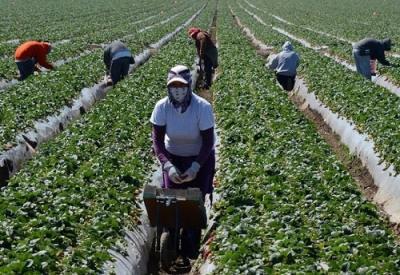Migrant workers' remittance lifts millions out of poverty

ROME- A report by IFAD shows migrants send home 51 percent more money than they did a decade ago, lifting millions of people out of poverty in international communities.
The report entitled Sending Money Home: Contributing to the SDGs, One Family at a Time is the first long-term trend study about migration and remittance flows. Working over a 10-year tendency, it reveals an increase in sending patterns to almost all parts of the world especially to Asia where the growth reaches 87 percent.
President of IFAD, Gilbert F. Houngbo said the effects of remittance had to be viewed one family at a time. “It is not about the money being sent home, it is about the impact on people’s lives. The small amounts of dlrs 200 or dlrs 300 that each migrant sends home make up about 60 percent of the family’s household income, and this makes an enormous difference in their lives and the communities in which they live.”
Around 800 million members of poor families receive yearly more than 450 billion dlrs from 200 million migrant workers.
In 2017, one out of seven people could be involved in the remittance course.
Migrant workers income is estimated to be three trillion dollars. Out of this, 85 percent stays in the host country. The money sent home represents an average of less than one per cent of their host country’s GDP.
In comparison, the global amount of remittances represent more than three times that of the Official Development Assistance (ODA) and exceeds the direct foreign investment of most low and medium income countries.
The manager of IFAD’s Financing Facility for Remittances and lead author of the report, Pedro de Vasconcelos also explained more than 40 per cent of remittances are aimed at rural zones, where most of poor people live.
“This money is spent on food, health care, better educational opportunities and improved housing and sanitation. Remittances are therefore critical to help developing countries achieve the Sustainable Development Goals,” he said.
The report highlights the high transaction costs to the poorest countries and advocates lower costs and the creation of opportunities for migrants and their families to make the best of the money.
De Vasconcelos said the demand for migrant workers would go on increasing since the populations in developed countries continue to age. He added “remittances can help the families of migrants build a more secure future, making migration for young people more of a choice than a necessity.”
These conclusions dominated discussions at the Global Forum on Remittances, Investment and Development 2017, which took place at UN headquarters on Thursday and Friday.
ls-jj


